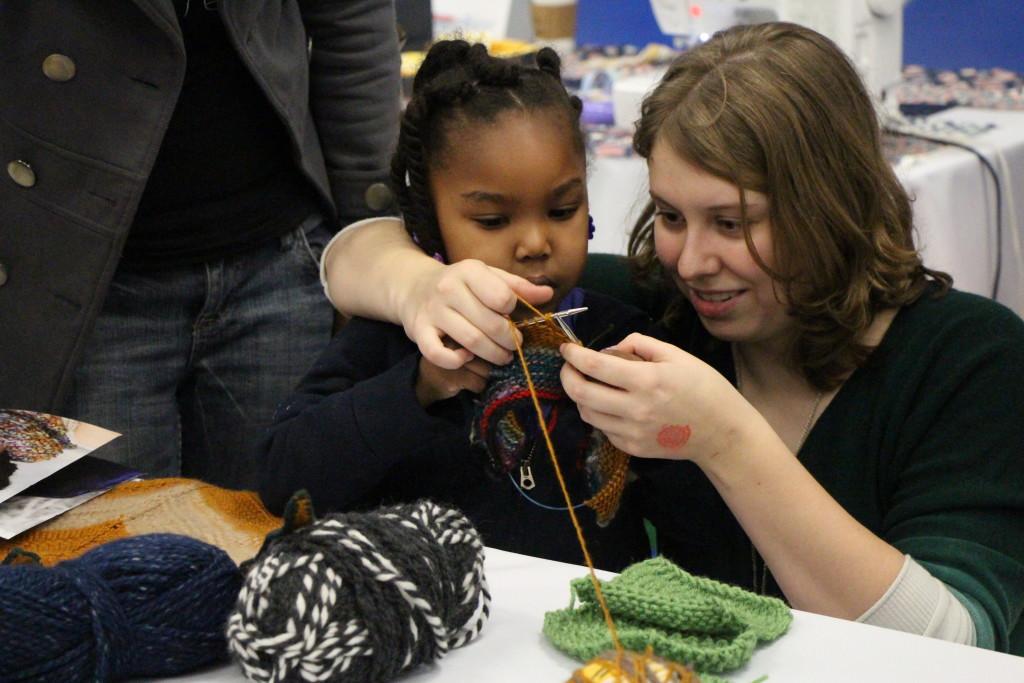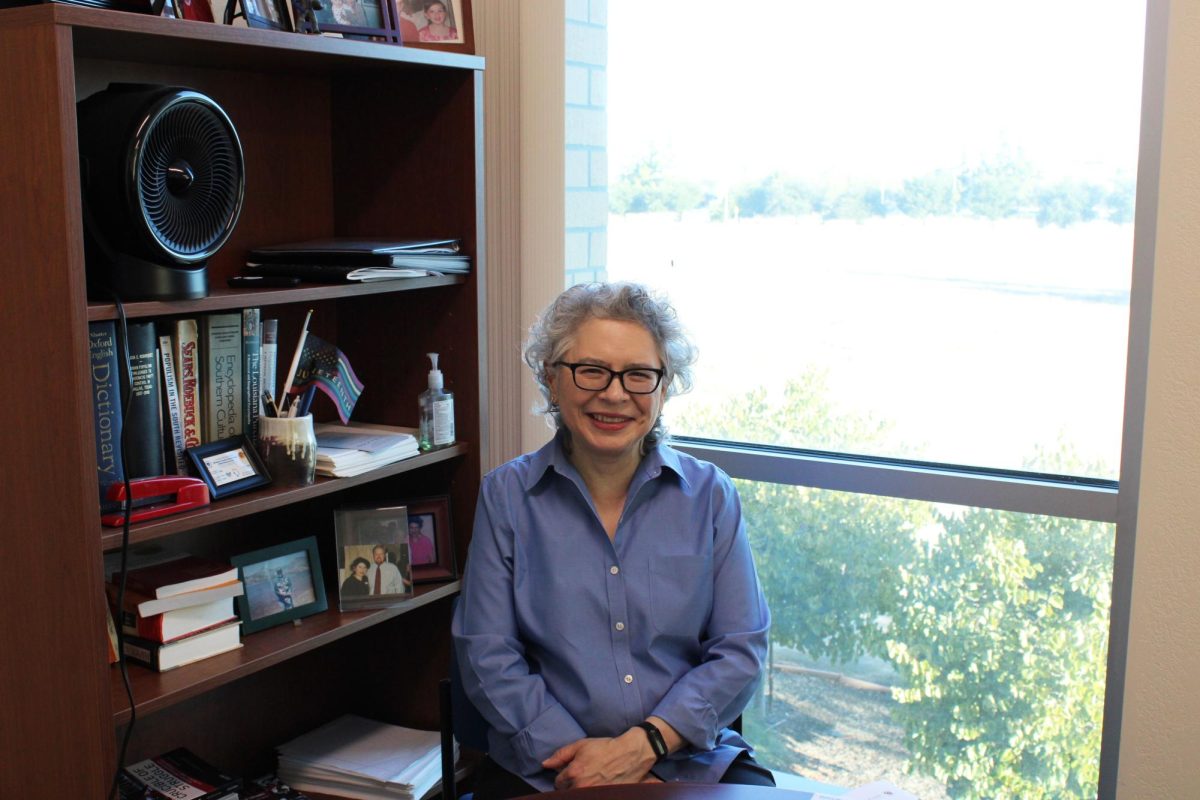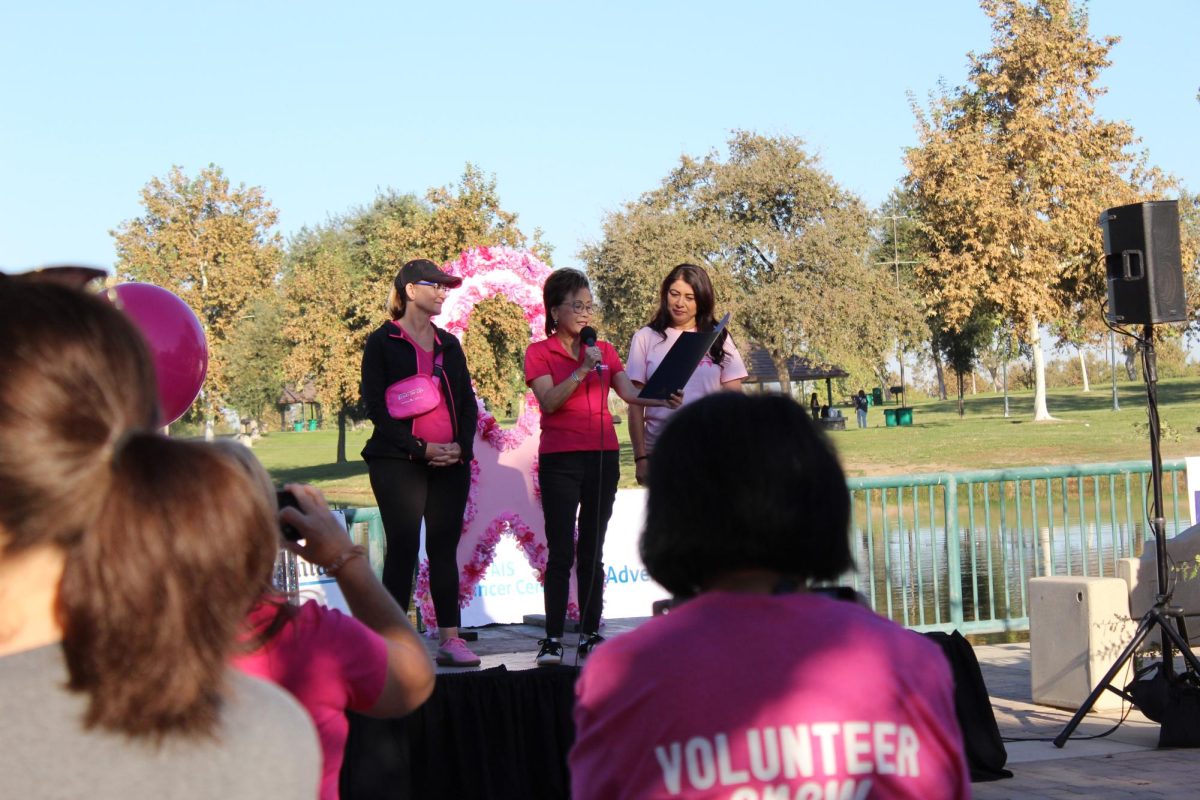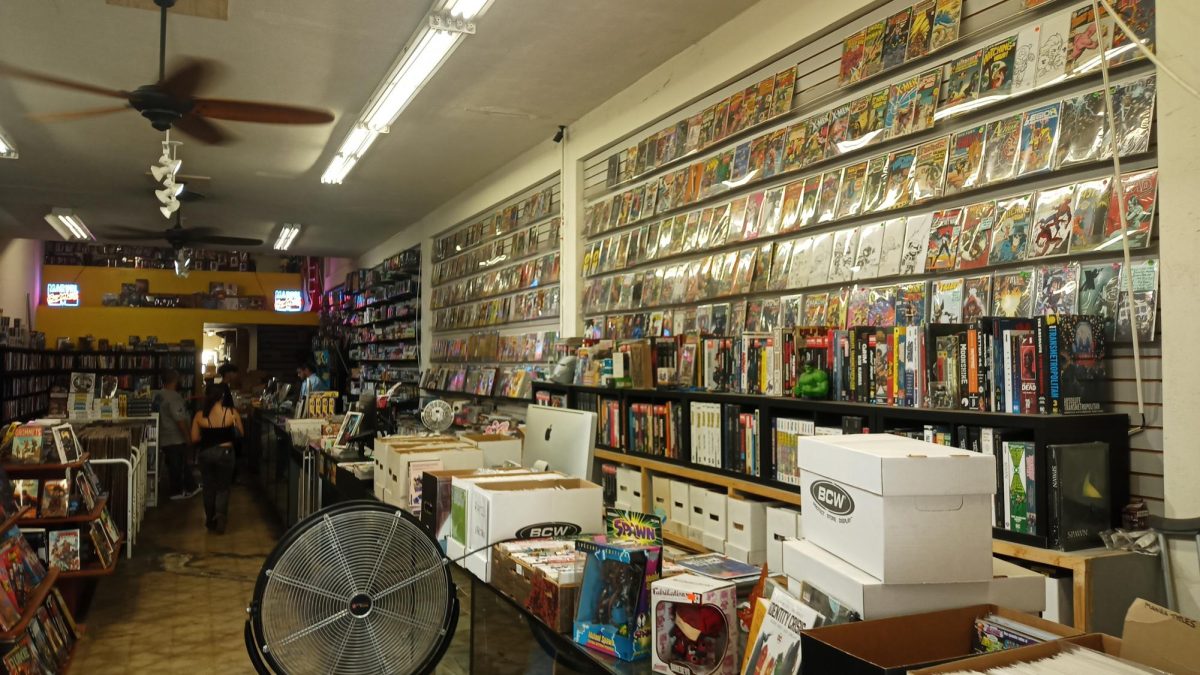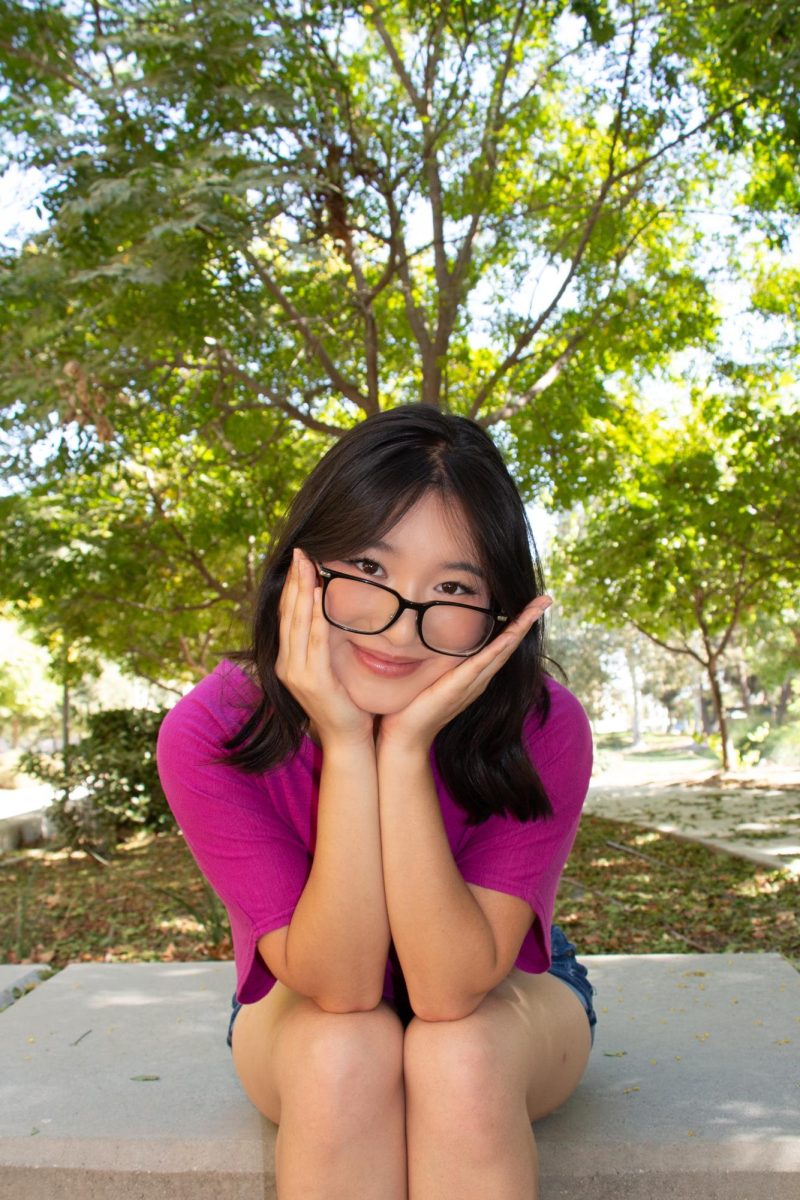News Editor
Robots, balls of yarn, lime green goop and the future of agriculture: the student union multipurpose room was filled with the materials and inventions of professional and hobbyist makers at the Maker Faire held on Saturday, Jan. 30.
The crafts and inventions displayed ranged from fun novelty items to the necessary technology of tomorrow. Jimmy Molina, 28, of the Bakersfield Makers Meetup Group, displayed a Facebook “like” light that lights up every time someone likes their Facebook page.
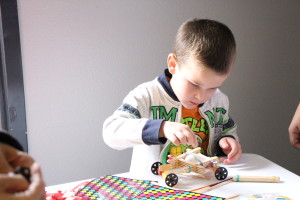
By Alejandra Flores/ The Runner
“It connects through Wi-Fi to this little board right here and it’ll compare what it has already on our page to the new like and light up.”
The group, which boasts over 100 members, meets up in groups of eight or nine regularly to brainstorm and bounce ideas off of one another.
“If somebody needs help with a project, we can help them out,” said Molina.
Right now the group is working on a digital calendar.
“It’s like a monitor connected to a small computer… and it’ll display your Google calendar, so whenever you update your phone you actually have a calendar on your wall that is up to date instead of you having to remember to cross it off,” said Molina.
CSU Bakersfield computer engineering major Garrett Croney, 24, was looking for a practical application of his studies, and found it in the CSUB research lab. When he overheard talks of an automated irrigation system, Croney was determined to work on the project.
Croney demonstrated the system with a cup of water, dirt, and a series of impressive technology connected to household batteries. The system is programmed to detect water levels in the soil and light in the area to determine when to automatically water plants. When Croney pulled the sensor from the moist dirt, the moisture display read “0” and water from the cup was pulled through the tubes into the dirt. The algorithm has to be just right for each plant however, and Croney said watering would be different when “growing walnuts compared to alfalfa.”
“This is really a necessity in the sense of maintaining our current resources,” said Croney about the possibilities of this technology. “Everywhere is currently very low on water and with that, anything that can save water is a beneficial thing.”
Croney spent about two weeks on the project before finally seeing results.
“I spent most of my time trying to configure my light sensor because it’s very intricate and very sensitive,” he said. “I wanted it to be sure I had the best possible output.”
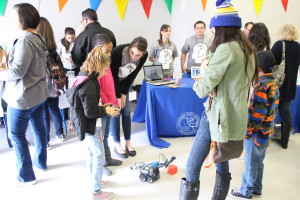
By Alejandra Flores/ The Runner
Though it gave a chance for established makers and hobbyists to network, another goal of the event was to encourage the next generation to take part in challenging and educational activities.
Senior Chemistry major Immaculate DeSilva, 21, described the two experiments the chemistry club chose from CSUB’s website Chemical Circus, which has lists of projects for children of all ages. The first was oobleck, a water and cornstarch mixture.
“[Oobleck acts as a liquid and a solid, so when you’re moving the oobleck around it becomes a liquid, but when you lift up the spoon it becomes a solid,” said DeSilva. “So we’re showing how two phases can interact with each other and how different the phases can be also.”
DeSilva also described how acetone breaks the bonds in styrofoam, causing it to dissolve.
“The dissolving styrofoam one is like magic because it disappears in front of their eyes,” said DeSilva. “So they think that’s cool.”
Mack Hunter and his wife Tayndra Hunter have made it their mission to transform the sciences into something cool for children. Part of the worldwide “Engineering for Kids” franchise that has 145 locations in 21 countries, the Hunters joined the fair to promote the “Engineering for Kids of Kern County” chapter. The organization has 300 lessons for children age 4 to 14, that teaches the 6 steps of design: Asking questions, brainstorming, determining how to implement, designing, building, then improving on the project. Mack Hunter described the goals of their work.
“We hope they take those skills and during life they use those skills to help solve problems, said Hunter. “Our whole focus is to inspire the next generation of the next engineers, scientists and mathematicians.”
He referenced a 2012 ranking that found the U.S. was 24th in math and 17th in science, and hopes to change those numbers through their work teaching classes on computer coding, computer design, game design, civil engineering, mechanical engineering, aerospace engineering, and marine engineering.
“Hopefully we can get our kids inspired to want to pursue those careers in science. A lot of our kids are not going into science, not going into math, not going into engineering designs.”
The design displayed at the event was made by the children they work with, connected to a Super Mario Bros. game that many attendees were playing with.
“The kids actually designed their own computer controller, and they can design their own controller to control basically any game,” Hunter said.
The company hires college students majoring in STEM fields to be instructors, and has a mentor program for high school students to connect to the children as well.
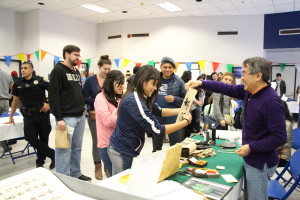
By Alejandra Flores/ The Runner
The event wasn’t just for the engineers and tech savvy. Knitting, lettering, sewing and henna skills were also shared at the event. CSUB Safety Coordinator of Natural Sciences, Mathematics and Engineering Marlene Hensley and her friend Amy Noble brought two sewing machines and scraps of fabric to begin a community-made quilt. She emphasized not all makers deal only with technology.
“For a lot of us it starts with what people are doing at home out of necessity,” said Hensley, who has been sewing since she was 5 years old. “I thought, if we could introduce this, it might spark the interest of kids who want to sew, or parents that have sewn or maybe haven’t in awhile and giving them the opportunity to be a part of that bigger project.”
Participants got to pick out 3 colorful pieces of fabric and Noble and Hensley guided them through the mechanics of a quilt square. The goal is to make the quilt 6 by 5 feet, which means 100 of these community-made pieces.
“I am thrilled by how many people are doing it,” Hensley said. “Mostly it’s kids, but we’ve had several adults. So far our youngest were, I think he’s a three-year-old little boy and a five-year-old little girl, [who] were our first two people to do it. I love to sew. As a maker in that aspect, it was a way we could contribute. I work on campus so it was a way that I could be involved because I think it’s such a great movement.”



